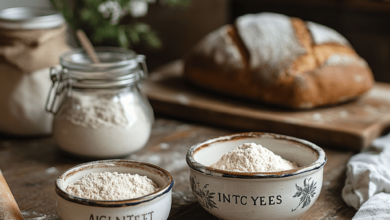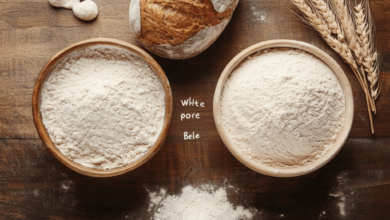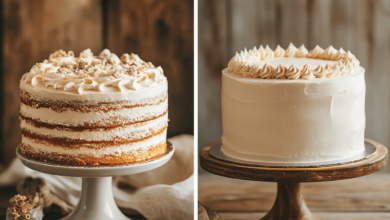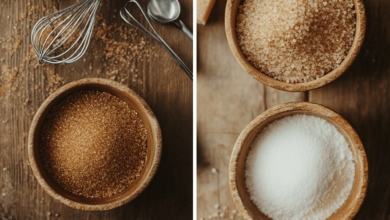Which One Is Better: Cast Iron Skillet or Nonstick Pan?
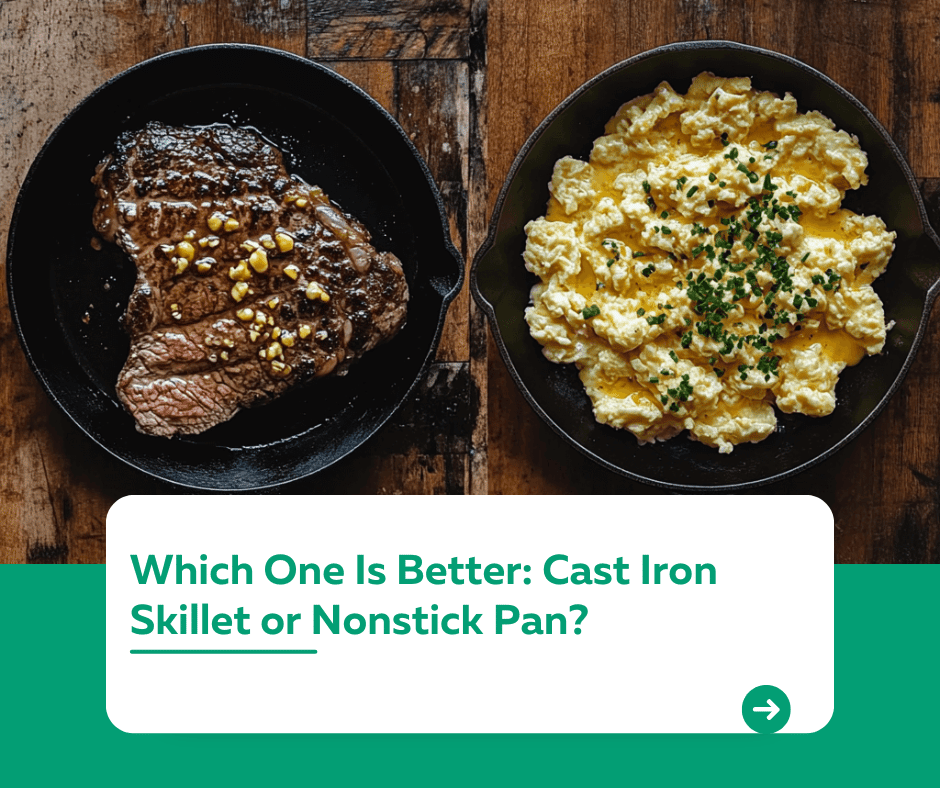
Introduction
“Which one is better: a cast iron skillet or a nonstick pan?”
Choosing the right pan can make a huge difference in your cooking experience and the results you achieve. Both cast iron skillets and nonstick pans have their strengths and are better suited for specific tasks. In this guide, we’ll compare the two, looking at their features, benefits, and best uses to help you decide which one is right for your kitchen.
1. What Is a Cast Iron Skillet?
A cast iron skillet is made entirely of cast iron and is known for its durability and heat retention.
- Key Features:
- Heavy, durable, and can last for generations.
- Excellent heat retention and distribution.
- Naturally nonstick when properly seasoned.
- Pros:
- Perfect for searing, frying, and baking.
- Can go from stovetop to oven.
- Develops a natural nonstick surface with use.
- Cons:
- Requires seasoning and maintenance to prevent rust.
- Heavy and may be harder to handle.
Best Uses:
Ideal for high-heat cooking, such as searing steaks, frying chicken, and baking cornbread.
2. What Is a Nonstick Pan?
A nonstick pan has a coating that prevents food from sticking, making it ideal for delicate dishes.
- Key Features:
- Lightweight and easy to handle.
- Effortless food release, requiring little to no oil.
- Quick and easy to clean.
- Pros:
- Great for low-fat cooking.
- Perfect for eggs, pancakes, and fish.
- Cons:
- Coating can wear off over time.
- Not suitable for high-heat cooking or use in the oven.
Best Uses:
Ideal for delicate foods like omelets, crepes, and sautéed vegetables.
3. Cast Iron vs. Nonstick: A Side-by-Side Comparison
| Feature | Cast Iron Skillet | Nonstick Pan |
|---|---|---|
| Durability | Extremely durable; lasts generations | Less durable; coating can wear off |
| Heat Retention | Excellent for even cooking | Limited; heats and cools quickly |
| Maintenance | Requires seasoning and care | Easy to clean but needs gentle care |
| Versatility | Stovetop to oven, all heat sources | Stovetop only, not suitable for high heat |
| Nonstick Quality | Natural with seasoning | Excellent with coating |
4. Which One Should You Choose?
Your choice depends on your cooking needs and preferences:
- Choose a Cast Iron Skillet If:
- You want a pan that can handle high heat and oven use.
- You enjoy cooking meats, stir-fries, and baked dishes.
- Durability and longevity are priorities.
- Choose a Nonstick Pan If:
- You cook delicate dishes like eggs, pancakes, or fish.
- You want something lightweight and easy to clean.
- Low-fat cooking is important to you.
5. Why Not Both?
For a versatile kitchen setup, consider having both pans:
- Use a cast iron skillet for high-heat and oven recipes.
- Use a nonstick pan for quick, delicate, and low-fat meals.
Conclusion
Both cast iron skillets and nonstick pans have unique strengths, making them valuable tools for any kitchen. By understanding their differences, you can choose the right pan for your cooking needs—or better yet, have both for maximum versatility.
For more kitchen tips and product comparisons, visit our Kuestion.com.

